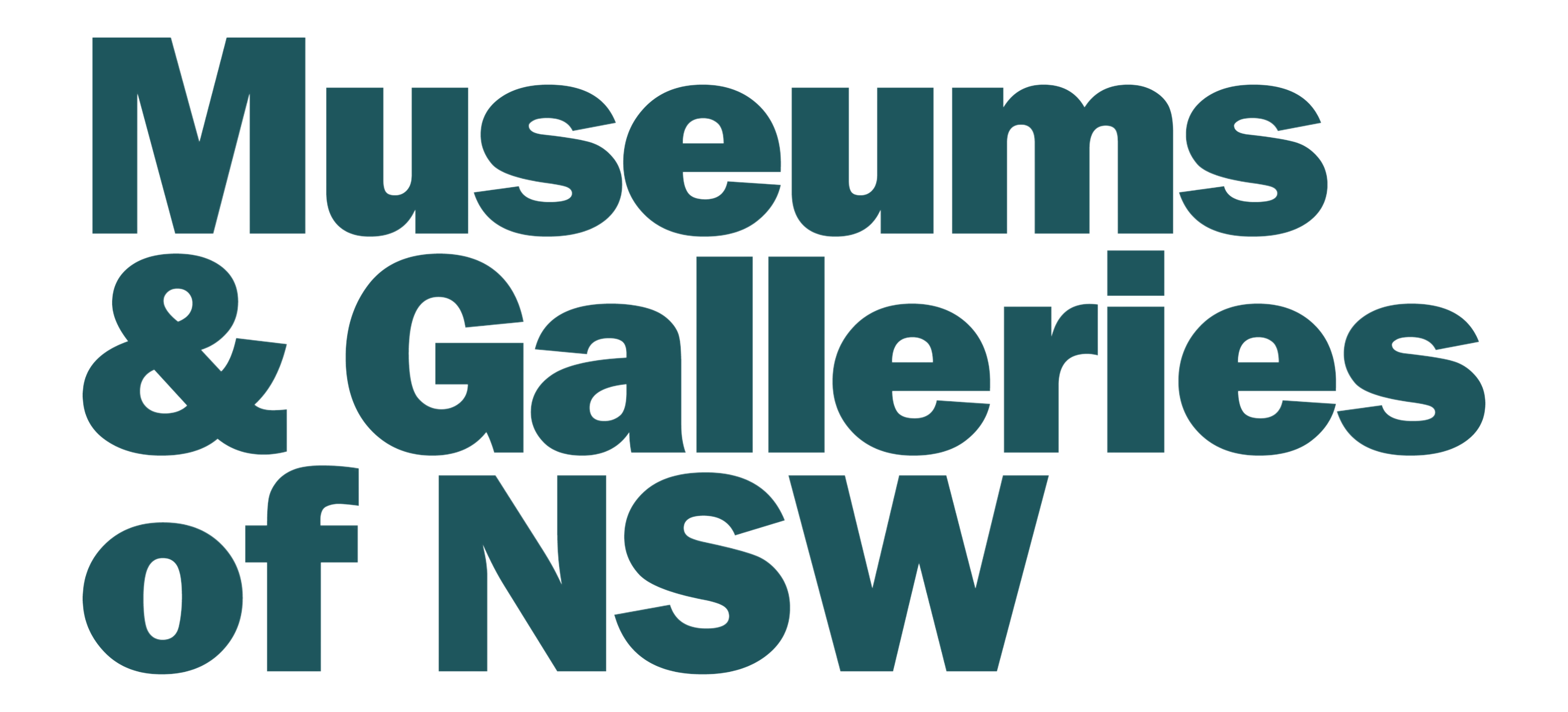Justene Williams: Previous Work
FRIEZE MAGAZINE REVIEW: JUSTENE WILLIAMS
By Justin Paton
If there was an award for Best Australian Exhibition of 2010 That Too Few People Saw, I would give it to Justene Williams’s four-room extravaganza at Penrith Regional Gallery, a good hour from central Sydney. Working in a historic home-turned-gallery, Williams filled the building’s lovely old spaces with fierce and funny video performances – whirling like a dervish inside a cyclone of plastic wrap, chanting and shaking in a pelt of folded paper, and conducting a go-for-broke cooking demonstration using cut-up magazines as ingredients. Alone in the space for most of a long visit, I began to feel as though I was inside Williams’s head, or perhaps that she was inside mine. The illusion was interrupted by just one fellow viewer, who left almost straight away with the (rather astute) parting words, ‘too much’.
For those who didn’t make the trip out to Penrith, Williams’s exhibition 4 Rock Droppers & a Cubist Phone at Sarah Cottier Gallery in Sydney was a chance to sample her brand of ‘too much’. I say ‘sample’, because this was an unusually condensed showing for an artist who likes to deliver pattern and pandemonium on a grand scale. But the concentration worked. With 24 scavenged television monitors stacked on wooden pallets, the gallery felt like a cross between a low-rent living room and a cut-price television showroom, with not a plasma screen in sight. Every monitor appeared to be broadcasting direct from Williams’s studio, where some famous moments in modern art were being eccentrically remade and replayed.
Williams, who has a background in dance and works regularly as a window-dresser, has a crush on early Modernism’s crossover talents, those artists of the war-torn late teens and 1920s who took dance, fashion, poetry, sculpture and painting and put it all in an absurdist blender. In Big City Big Hat (all works 2011) she channels the ghost of Jean Cocteau as he delivers the voice-over for his 1921 play The Wedding on the Eiffel Tower. Wearing a dapper black suit, a mask of folded fashion magazines and a teetering hat, Williams frantically tap-dances and feeds balls of paper through a massive cardboard megaphone, as if language were something wadded and heavy. But the dazzler in the exhibition was Crutch Dance, which played out like a shattered Mondrian across a grid of 12 screens. The action, such as it is, unfolds in a Cubist grotto of red, yellow, black and white cardboard. Suited up in matching cubo-futurist armour, Williams teeters about on crutches that double as semaphore flags, humps a television monitor, and – to use a bit of Australian slang her Dadaist ancestors might have liked – generally goes berko.
But as always with this artist, the pleasure lies less in individual moments of performance madness than the constant shimmer between figure and ground. At one moment camouflaged against the Cubist backdrop and in the next moment flapping wildly free of it, Williams offers an idiosyncratic variation on the time-honoured image of the artist at work. Even if you know nothing of her historic allusions, what comes through unmistakably here is the theme of perseverance, of art as a blind mission that carries its maker uncertainly between toil and joy. Watching Williams scurrying around inside each monitor, I was reminded of those hard-working creatures you see in nature documentaries – burrowing, building and, above all, keeping going. My favourite after-image from the show was Williams in her spiky suit running on a treadmill, re-enacting Umberto Boccioni’s famous striding Futurist bronze, Unique Forms of Continuity in Space (1913). You could argue that this is a despairing image, a vision of art stuck in one place, but there’s too much rude energy in Williams’s work for that to feel correct. I think she’s training for bigger things.
First published in Frieze Magazine, Issue 140, June-August 2011
An Artspace exhibition toured by Museums & Galleries of NSW.
The Curtain Breathed Deeply has been developed through a Catalyst: Katherine Hannay Visual Arts Commission.

.

.
